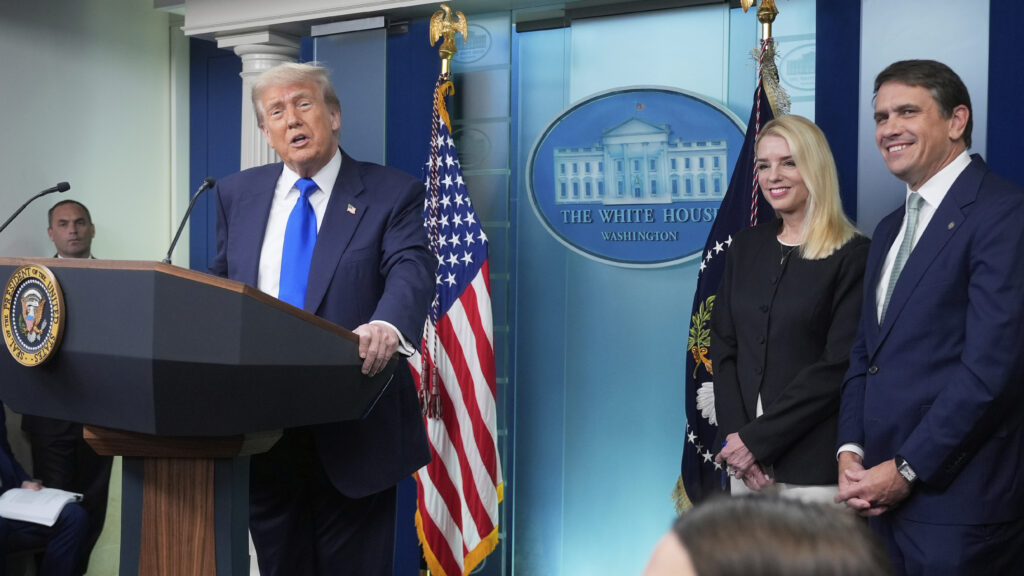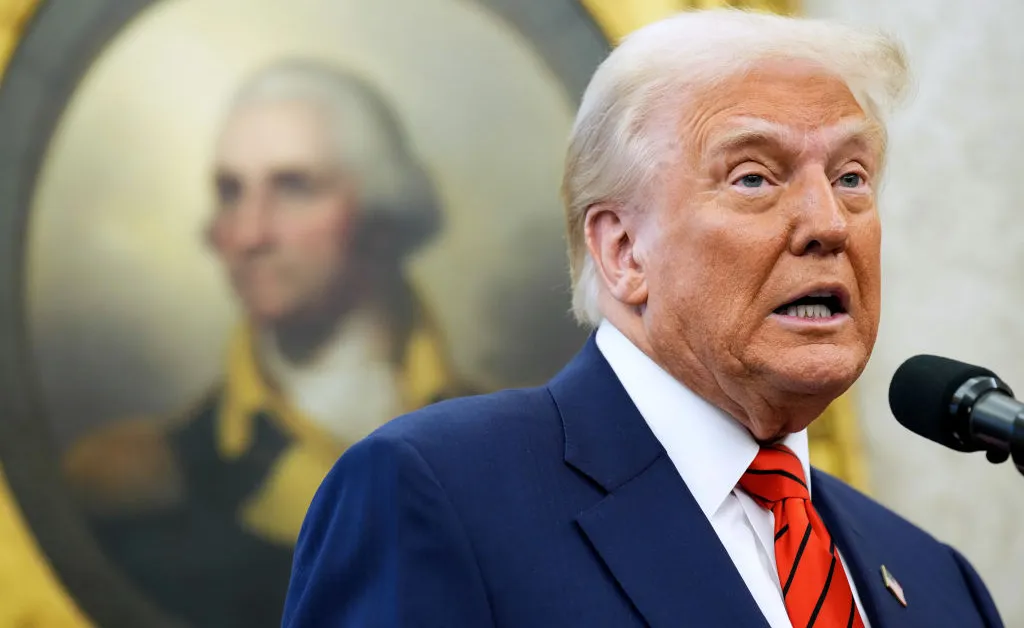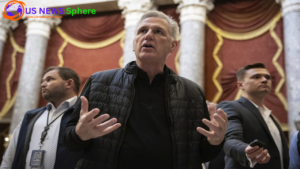Trump–Epstein grand jury records release effort sparks fresh controversy as former President Donald Trump ramps up his push for public access to sealed Justice Department files, intensifying scrutiny over his ties to Jeffrey Epstein and splitting his own base. With demands for transparency escalating, Trump has directed Attorney General Pam Bondi to seek court approval to unseal grand jury transcripts, while simultaneously fighting defamation claims tied to a newly revealed birthday letter allegedly penned by Epstein. The Guardian, As legal wrangling unfolds, the move exposes deep fractures in public trust and internal MAGA dynamics.

The Scope of Trump’s Push for Disclosure
Trump’s call to release grand jury records concerning Epstein aims to address growing concerns among his supporters and the general public. According to AP, the Justice Department has formally filed a motion in federal court to make these transcripts public, marking a significant step—but one that faces considerable procedural hurdles.
While Trump and Bondi are advocating for transparency, experts caution that grand jury secrecy rules make release unlikely. Judges must balance public interest against privacy concerns, especially given the sensitivity surrounding victims and witnesses. Moreover, much of the government’s investigative evidence—including FBI material—is not even part of the grand jury record and remains inaccessible, whether or not the transcripts are released.
What’s Inside the Grand Jury Transcripts—and What Might Be Withheld
Grand jury materials typically contain prosecutor-led summaries, limited witness testimony, and investigative details; they usually exclude victim narratives. Even if unsealed, transcripts may be heavily redacted to protect identities and sensitive information. Politico
Public interest in these documents stems from hopes that they might reveal names of Epstein’s alleged associates or shed light on conspiracy theories involving powerful figures. However, legal experts warn that such expectations may not be fulfilled. Courts historically resist releasing material that could compromise ongoing investigations or victim privacy.
The Birthday Letter Controversy from WSJ
The latest flashpoint fueling Trump’s aggressive stance is a Wall Street Journal report detailing a “suggestive” birthday letter allegedly from Trump to Epstein in 2003. The note reportedly included an outline of a nude woman and referenced shared secrets.
Trump vehemently denies authorship, branding the report as “fake, malicious, and defamatory,” and has launched a $10 billion defamation lawsuit in Florida against WSJ, Rupert Murdoch, and associated reporters. Reuters, The lawsuit aims to cast doubt on the newspaper’s credibility and buy time amid growing public pressure—though legal analysts caution that such massive defamation claims are rare and difficult to prove.
Breaking the MAGA Base—and the Wider Political Fallout
Trump’s handling of the Epstein files has exposed deep divisions within the MAGA movement. Conservative influencers like Liz Wheeler have accused the administration of misleading the public—calling the initial release a “truckload” of recycled information—and demanding more transparency.
Yet others, including Steve Bannon, continue to support Trump’s strategy, viewing it as an effort to fight the “deep state.” Public polling indicates that up to 75 % of Republicans now demand full disclosure of Epstein documents, while 50 % suspect a government cover‑up. Trump appears caught between the need to appease his base and the risk of overplaying what grand jury records can actually reveal. News.com.au
What Comes Next—and What This Means for Transparency
The Justice Department’s motion signifies a notable pivot, but experts assert that even if unsealed, the transcripts may offer limited information. Courts usually move slowly in these cases—taking weeks or even months—and will likely redact content related to victims and non-germane individuals.
Meanwhile, Trump’s defamation suit continues. Should the lawsuit proceed, it could take years to resolve, offering the former president a legal shield—but further public revelations remain unlikely until courts issue a ruling. In the meantime, the administration may continue leveraging release requests as a political tool amid mounting public distrust.
Conclusion
Trump’s intensified push to release Epstein grand jury records—combined with his defamation lawsuit over the WSJ letter—has thrust the scandal back into the national spotlight. While the effort demonstrates responsiveness to demands for transparency, deep legal obstacles and internal discord mean the documents may offer little clarity. For now, the public and MAGA base remain in limbo, awaiting both judicial decisions and the ongoing fallout from Trump’s legal maneuvers.
Subscribe to trusted news sites like USnewsSphere.com for continuous updates.
[USnewsSphere.com / TIME]





